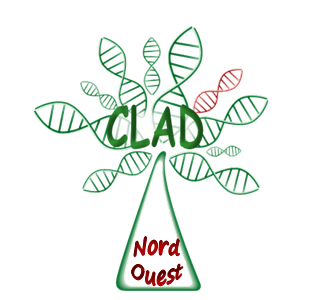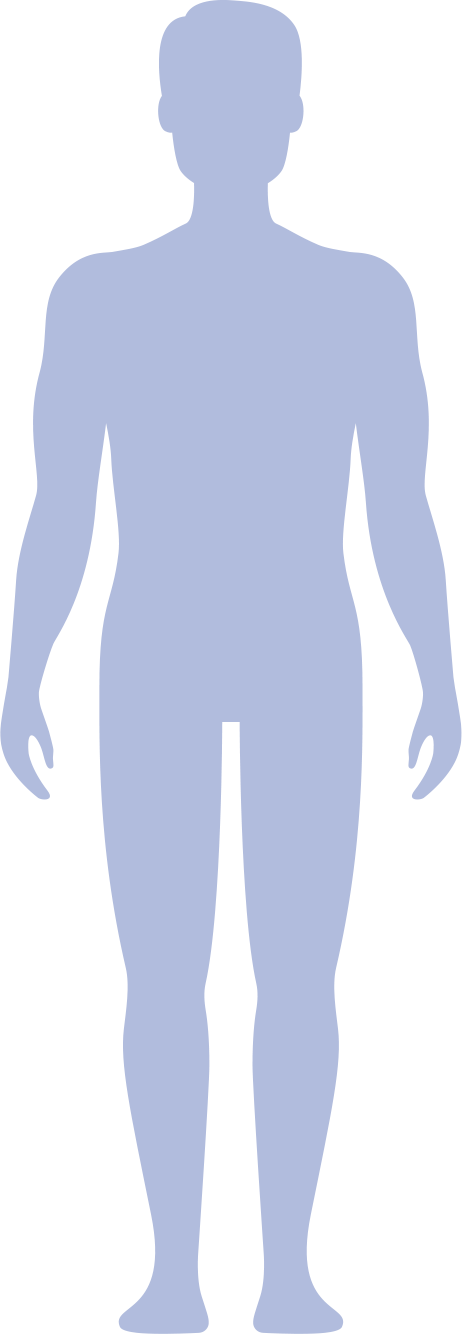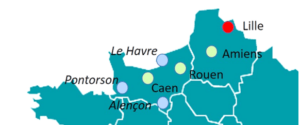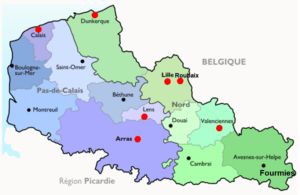


Ressources utiles
Liens utiles
- Centre de Référence
Anomalies du développement et syndromes malformatifs de l’inter région Nord-Ouest (CLAD)
- CHU LILLE
- Hôpital Jeanne de Flandre

Les Missions du centre
1-COORDINATION régionale et interrégionale : liens forts avec les structures de soin et de prise en charge, les équipes médicales et paramédicales, les médecins traitants, les associations, ainsi que les centres de référence ou compétences de l’inter-région.
Les Moyens :
• Réunions mensuelles de télémédecine avec les autres centres de notre inter région

• Activité décentralisée pour apporter notre expertise au plus près des patients et de leurs familles
• Le CLAD Nord-Ouest fait partie de l’ERN ITHACA (label européen)
2-MEDICALE :
- Diagnostic des pathologies rares du développement et syndromes malformatifs avec ou sans déficience intellectuelle
- Coordination de la prise en charge pluridisciplinaire en lien avec le médecin traitant pour tous les patients relevant de notre centre
- Conseil génétique et prise en charge familiale (diagnostic prénatal ou préimplantatoire, diagnostic présymptomatique).
- Du fait de l’impact familial des maladies génétiques, un accompagnement psychologique est systématiquement proposé
3-EXPERTISE :
Avis d’expert syndromologiste :
- Consultations externes et au lit du patient
- Consultation multidisciplinaire :
• Coordination et participation à de multiples consultations multidisciplinaires - Participation à la commission pluridisciplinaire de diagnostic prénatal du CHU de Lille et du CH de Lens, liens étroits avec les obstétriciens et foetopathologistes
- Coordination et participation à de multiples réunions de concertation pluridisciplinaires locales, régionales et nationales, pour orienter les analyses génétiques et pour aider à leur interprétation.
4-ENSEIGNEMENT ET FORMATION / INFORMATION :
• Enseignement universitaire, postuniversitaire et en écoles paramédicales
• Liens avec les MDPH, les CAMSP et les associations de patients
• Actions grand publics ponctuelles notamment lors de la Journée Internationale Maladies Rares (JIMR)
La liste des pathologies concernées par le centre
Le centre couvre plus de 7000 maladies rares, représentant 3% de la population : anomalies du développement embryonnaire, fœtal, de découverte prénatale, néonatale ou postnatale, ainsi que les troubles du développement intellectuel syndromiques.
Consultations
- Les modalités de prise de RDV :
A Lille, Calais, Dunkerque, Valenciennes et Roubaix (modalités ci-dessous) :
tél : 03 20 44 49 11
clad@chu-lille.fr
fax : 03 20 44 49 01
– Nouveaux patients :
• Si demande faite par un médecin: nous adressons un courrier de mise à disposition au patient afin qu’il prenne un RDV s’il le souhaite.
• Si demande faite par le patient : adresser un mail clad@chu-lille.fr accompagné du formulaire enfant ou formulaire adulte à télécharger + joindre le courrier du médecin
– Les patients déjà connus :
• A Lille, Dunkerque, Calais, Valenciennes, Roubaix : prise de rendez-vous par téléphone au 03 20 44 49 11 .
• A Arras : prise de RDV par téléphone : 03 21 24 46 17
• A Lens : prise de RDV par téléphone : 03 21 69 18 78
- Lieux de consultation :
• A Lille :
– CHU Hôpital Jeanne de Flandre, consultation de génétique
– CHU Hôpital Calmette, centre de prélèvement
• A Arras : CH d’Arras, département de pédiatrie, consultation de génétique
• A Calais : CH de Calais, consultation de pédiatrie
• A Dunkerque : CH de Dunkerque, consultation de pédiatrie
• A Lens : CH de Lens, bâtiment E, consultation de pédiatrie, RDC
• A Roubaix : CH de Roubaix, consultation de pédiatrie
• A Valenciennes : CH de Valenciennes, consultation de pédiatrie
- Pr PETIT Florence – responsable du centre
- Dr BOUSSION Simon
- Dr BOUTE Odile
- Dr CAUMES Roseline
- Dr COLSON Cindy
- Dr COSTANTINI Sara
- Dr DIEUX Anne
- Pr GHOUMID Jamal
- Dr MARSILI Luisa
- Dr VANLERBERGHE Clémence
- Dr VINCENT-DELORME Catherine
- Mme SAUVAGNARGUES Marie – conseillère en génétique
- Mme BOUVILLE Fleur – psychologue
- Mme CLABAUT Laëtitia – psychologue
- Mme LE CUNFF Justine – psychologue
- Mme LESUEUR Julie – psychologue
- Mme ZIMMERMANN Margot – psychologue
- Mme BELLENGIER Laurence – Chargée de mission, Attachée de Recherche Clinique
- Mme RUBECK Coralie – Attachée de Recherche Clinique
- Mme CAMPHIN Fabienne – Assistante médico-administrative
- Mme CHAVATTE Carinne – Assistante médico-administrative
- Mme COEUGNIET Geneviève – Assistante médico-administrative
- Mme GAMACHE Maryanne – Assistante médico-administrative
lien de la page web du service : Service de Génétique clinique du Centre Hospitalier Universitaire de Lille (chu-lille.fr)
« E…change de regard », pour un autre regard sur les anomalies du développement, découvrez le programme : Cliquez ici
- Adossement à l’ULR7364 (Université de Lille – Équipe RADEME : Anomalies du développement : Génétique, Régulation et Protéomique) qui travaille sur la régulation génique à l’origine d’anomalies du développement.
- Participation aux projets de recherche clinique nationaux et aux appels à travaux collaboratifs édités sur le site de la filière AnDDI-rares et de l’ERN ITHACA.



